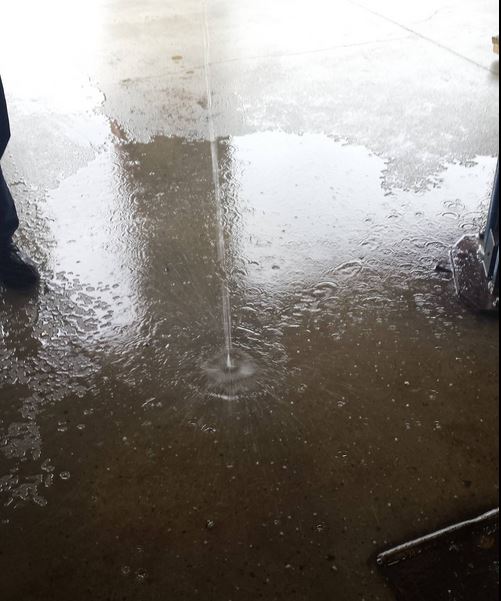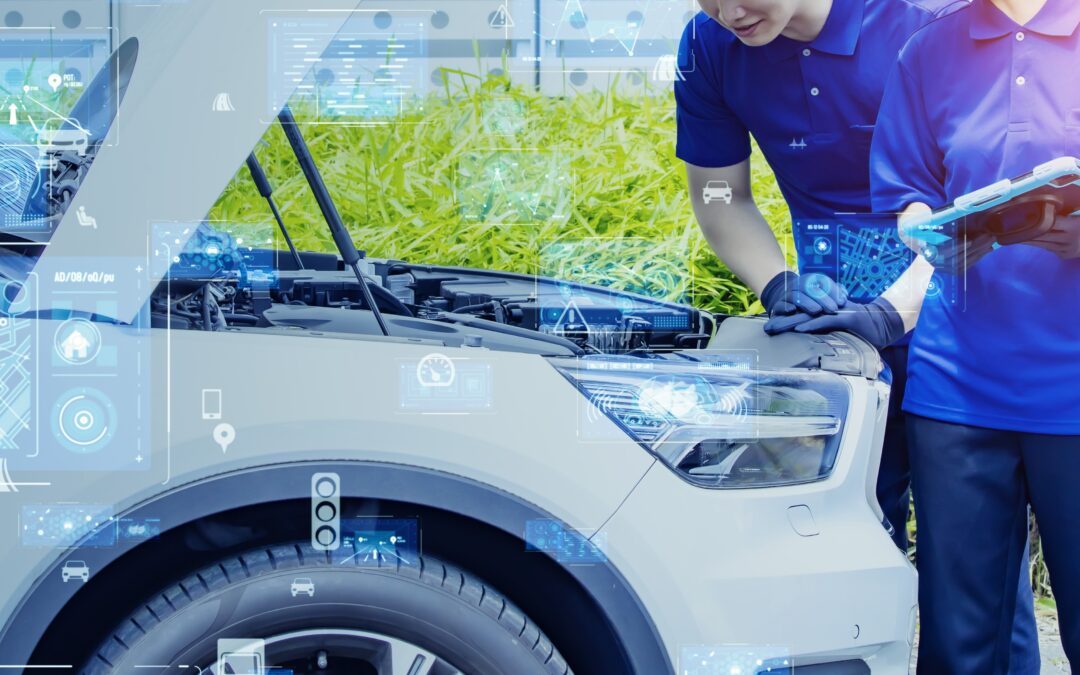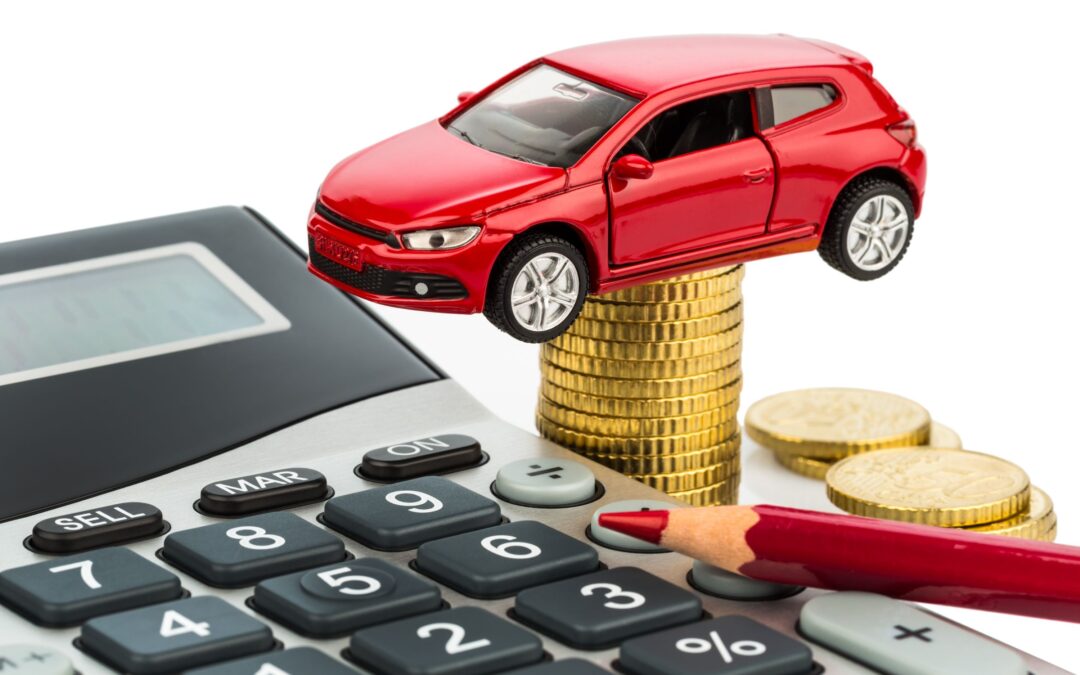Earlier this year, much of the East Coast experienced heavy rain and high winds bringing flooded roads and chaos to our area. During the floods, a video aired of a Mercedes sports car getting stuck in running water while other small vehicles were seen driving through the same water with no problems! Why did the Mercedes get stuck?
Well, there could be a few reasons. First, sports cars are low to the ground so their clearance level is lower than other vehicles’. Also, in the video mentioned above, there was a huge bow-wave coming over the hood of the car. Water certainly entered the engine compartment and caused the vehicle to stall.
While many cars may drive safely through flooded areas, there are always a number of dangers. Apart from shorted-out electrics there is also a risk of the engine sucking in water (through the air intake) causing it to lock solid (hydraulic lock), breaking connecting rods, pistons and even crankshafts. In addition to damage to your vehicle, you need to consider the danger to yourself and passengers.
So, what’s the best way to deal with flooded roadways? Follow these auto safety tips.
1. Avoid driving through standing or moving water if at all possible, If you can’t avoid driving, try to stay at the highest part of the road (usually the middle). Watch out for vehicles driving through in the opposite direction. You might be doing everything correctly, but a large 4×4 or truck racing though in the opposite direction can create bow waves that drown your car.
2. Only drive through water if you know how deep it is. You should make sure there is not more than six inches of standing water or four inches of moving water, and remember, the depth of the water is not always obvious. The roadbed may be washed out under the water or there may be potholes, hidden dips, or gullies where the water is deeper. Pull over and watch other cars and trucks negotiate the flood. This is good way of checking to see how deep the water is.
The jeep in the video below was stuck in a hole in the road he didn’t even know was there.
3. Drive slowly and steadily. Stop before the water, and select your lowest gear. Then drive very slowly and gently, keeping a constant speed. Don’t accelerate or change speeds. Driving slowly will prevent a bow-wave from forming. [If you drive a stick shift, use 1st gear and keep the engine revs high while driving very slowly. This is achieved by slipping the clutch. The high revs will help to avoid water entering the exhaust pipe.] Avoid the temptation to make a quick exit, as going at speed can push water into the engine bay. Additionally, look out for hidden obstacles in the water like tree limbs or other debris.
4. Don’t drive through fast-moving water. You can easily be swept away. Even shallow fast moving floodwater produces more force than most people imagine. Only two feet of water moving at 10 miles per hour will carry away most cars. Additionally, rapidly rising water can stall the engine and engulf the vehicle and its occupants.
5. Don’t drive fast through standing water. Driving fast through standing water is dangerous and it can cause expensive damage if even a small amount of water is sucked into the engine through the air intake. Even in shallow puddles avoid going too fast as that can lead to hydroplaning (a.k.a. aquaplaning), where the tires lose contact with the ground and are actually sitting on top of the water. When this happens you lose control of your vehicle and are no longer able to steer. If you experience hydroplaning, hold the steering wheel lightly and lift off the gas until the tires regain grip.
6. After you drive clear of the standing (or running) water it is imperative that you dry-off your brakes. The water will have made them less efficient as it works as a lubricant on your brake pads and discs. Allow oncoming traffic to pass first and test your brakes as soon as you can after leaving the water. Applying your brakes gently while driving will help to dry off the water. Once you feel your brakes working correctly again you can continue driving normally.
7. If you break down in heavy rain don’t open the hood while you wait for assistance – the engine will be more difficult to start again if the electrics are rain-soaked.






